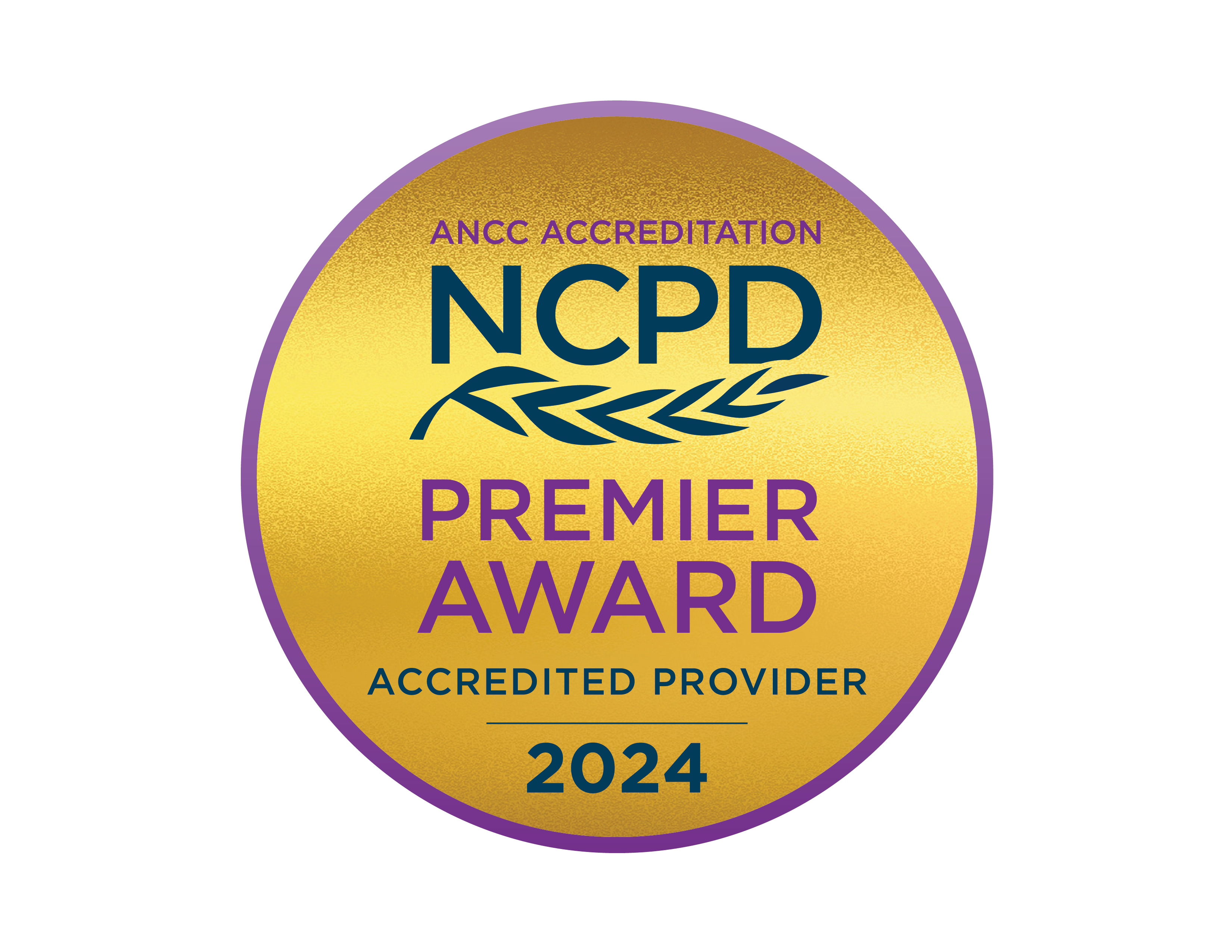My Patient is a Victim of Human Trafficking
Victims of human trafficking often go unnoticed, even when seeking healthcare. As nurses, you are in exceptional positions to identify potential trafficking victims and provide the necessary resources and care to ensure their safety. Read this article to inform yourself about the signs to look for and the actions to take if you think your patient is being trafficked. By educating yourself, you can help combat human trafficking and protect lives.
Course Details
Overview
Human trafficking (HT) is the second fastest-growing global criminal enterprise, only behind drug trafficking. Given this alarming rise, it is highly likely that you, as a nurse, will encounter a patient who is a victim of HT. Healthcare professionals like you play a crucial role in identifying and treating patients at risk of human trafficking. With over 88% of sex trafficking survivors seeking healthcare while being trafficked, missing any opportunities to help is not an option. This article provides essential information on identifying potential victims, understanding who a trafficker is, offering care and resources, planning discharge, and taking appropriate actions. Nurses work in various settings that position them to make a significant impact on helping and recognizing trafficking victims. By reading this article and educating yourself on the signs of human trafficking, you can help save a life.
Key Learning Outcomes
- Describe how to recongize and interact with a trafficked victim.
- Identify techniques to communicate as a first responder to a trafficked victim.
- Describe appropriate actions once a trafficked victim has been identified.
Presented by:
Dawn Moeller, MHA, BSN, RN, CEN
Dawn Moeller retired in April 2024 after a 38-year career in nursing. She most recently worked as an associate professor in the School of Nursing at Rutgers University in Newark, New Jersey.

